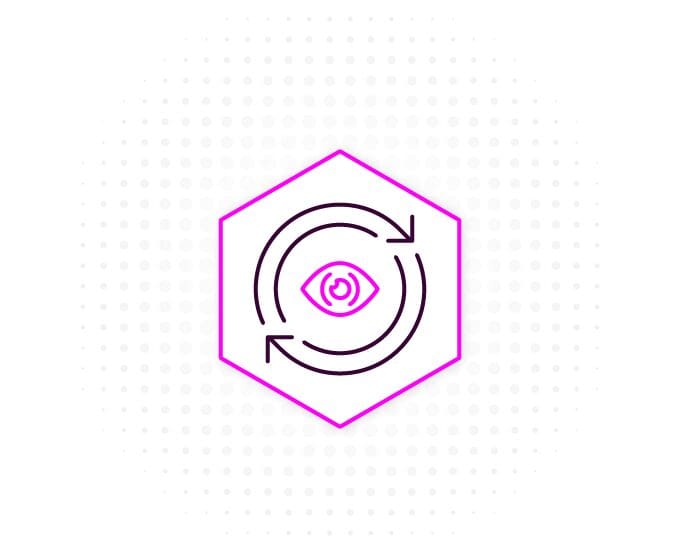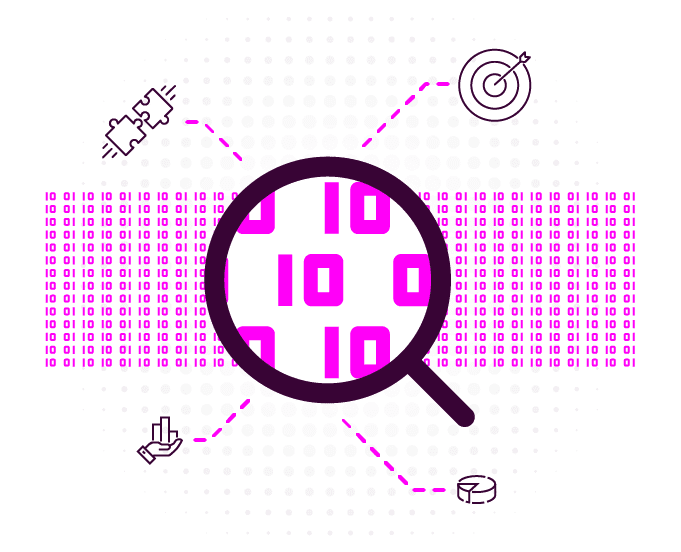Understand your source data
In 2016 Gartner estimated 60% of big data initiatives failed. A year later their analysts raised that to 85%. One of the top reasons stated for this alarming number was poor understanding of the source data stores and underspecified integrations.
A Data Landscape Analysis is essential for anyone embarking on a data project if you want to avoid becoming part of that 85%. Whether that data project is a data migration, a new piece of software, or simply a project to improve efficiencies, a Landscape Analysis will dramatically increase your chances of success.
Our Landscape Analysis service looks at what data you have, where it is, the quality of that data, how it is connected, and how fit for purpose it is. The aim is to define your ‘as is’ state, understand where you want to get to, and ultimately make a recommendation.
You will get in-depth reports that cover everything from macro data relationships down to detailed data profiling, and we can help with your stakeholder engagement through workshops, interviews and data amnesties.
Ultimately, you will understand the scope of the challenge ahead so you can plan and execute data-driven projects accurately and within budget.
How can a Landscape Analysis help?

Gives you a complete view of where all your data sits
You might think you know where all your data sits, but in reality this often isn’t the case. Data can be found on local machines and in various different databases or software. Where people work in silos, there is no real single source of truth and therefore less confidence in decision making.
A full understanding of where all your data sits and how this data interacts with each other means you can spot trends you might have otherwise missed.
Understanding where you are now, can help you plan your ideal future state of data.

Uncovers gaps, duplicates, data quality issues
In order for data to be useful, it has to be high quality. Our Landscape Analysis process looks at the data quality rules you have in place, your data governance, and data stewardship processes.
The process will shine a light on your data quality issues which often include duplication and incomplete data. Take a look at the landscape analysis we did for Parkinson’s UK for example.
All databases are susceptible to data quality issues, which is why it is so important to look at why these issues are occurring and what needs to be done to stop them recurring. This is particularly important if you are merging databases or cleaning up legacy data.

Produces a recommendation for how to move forwards
As well as helping you to understand what your data landscape looks like currently, we will recommend how best to move forwards with your data in order to achieve your goals.
As part of the Landscape Analysis process, we make sure we understand how you want to use your data and what this data means for your business, enabling us to take a consultative approach.
Our recommendations are unique to you and your organisation’s needs. We use our years of experience helping organisations use their data to drive success.

Higher chance of success with your data initiative
63% of all CRM adoptions fail at first attempt. Most of the time this is because people have not fully understood their current ‘as is’ state of data, usually assuming the data is all in one place and is of a better quality than it actually is.
By completing a Landscape Analysis before you embark on a project like a CRM adoption or a data migration, you give your organisation maximum chances of success.
If you know ahead of time the issues you will encounter, you can cater for these in your data project. Understanding what your current data looks like, and cleansing and mapping to any new systems accurately, is the key to success.
For a more in-depth look at how a Data Landscape can help you, download our whitepaper – Preparing for a Major Data Initiative: The importance of a landscape analysis.
The Process
Firstly, our team will work with you to ensure we identify the key stakeholders to meet with. Stakeholders in this instance are the people who know the data and know the current processes. They are key to gathering the information our team needs and gleaning as much knowledge as possible about your processes from the start.
Our next step is to create a project plan. What is your desired outcome? What problems are you looking to solve? What is your long-term vision? From this, we can prioritise what we look at first and go in with our eyes open.
This is the largest part of the project. We look at things like duplication, data quality, integrations, essentially – is this data fit for purpose? We encourage you to offer a data amnesty at this point across the organisation. Every team member is encouraged to declare any data they are storing locally so we are sure we have the full picture.
As well as the data itself, we will look at closely related issues such as database performance, storage space, and retention policies.
Once we’ve gathered all this information, there are bound to be questions. So, we plan this into our process. This is where we come back to you and your stakeholders and clarify any uncertainties. This is also an opportunity to challenge any inherited processes and explore whether these can be improved. For example, does all your customer data need to be in your CRM or can some be archived?
We are finally ready to start analysing. By now we should have all the context we need and clear goals. With access to a copy of your data, we can profile the data, analyse the quality, even do some modelling if necessary.
Outcomes
The first thing we will produce is digestible reports. We know that stakeholders could be from any area of the business, so rather than producing a report which only a data analyst will understand, we produce a consumable report for anyone in the business.
But, we don’t just throw a report at you and run. We go through the report with your stakeholders, checking we’ve covered everything you needed. If there’s something else you need us to look at then we do it.
Finally, we advise. We use our years of experience in the data services industry to recommend what steps you should take next. Don’t forget, we made sure we fully understood your long term goals right at the beginning, so we are in a good position to offer guidance.
This advice comes in the form of a roadmap so you can easily execute it. Whether you decide to use our services to implement these next steps is completely up to you.
Related Resources
More landscape analysis resources
We recently worked with Parkinson’s UK to improve their data quality and help inform the data architecture….
In this whitepaper Rob Jones explains exactly why analysing your data landscape prior to starting your project…
In the past 6 months, we’ve seen an explosion in the number of people asking us to…



